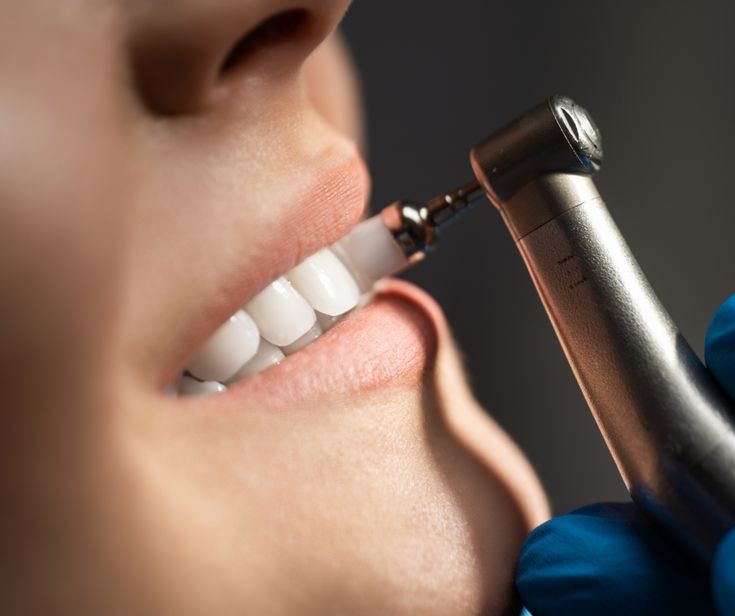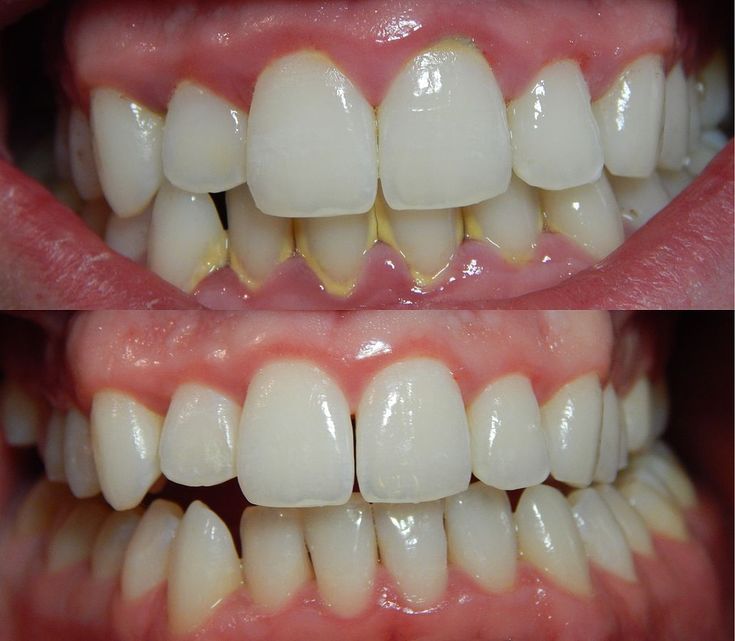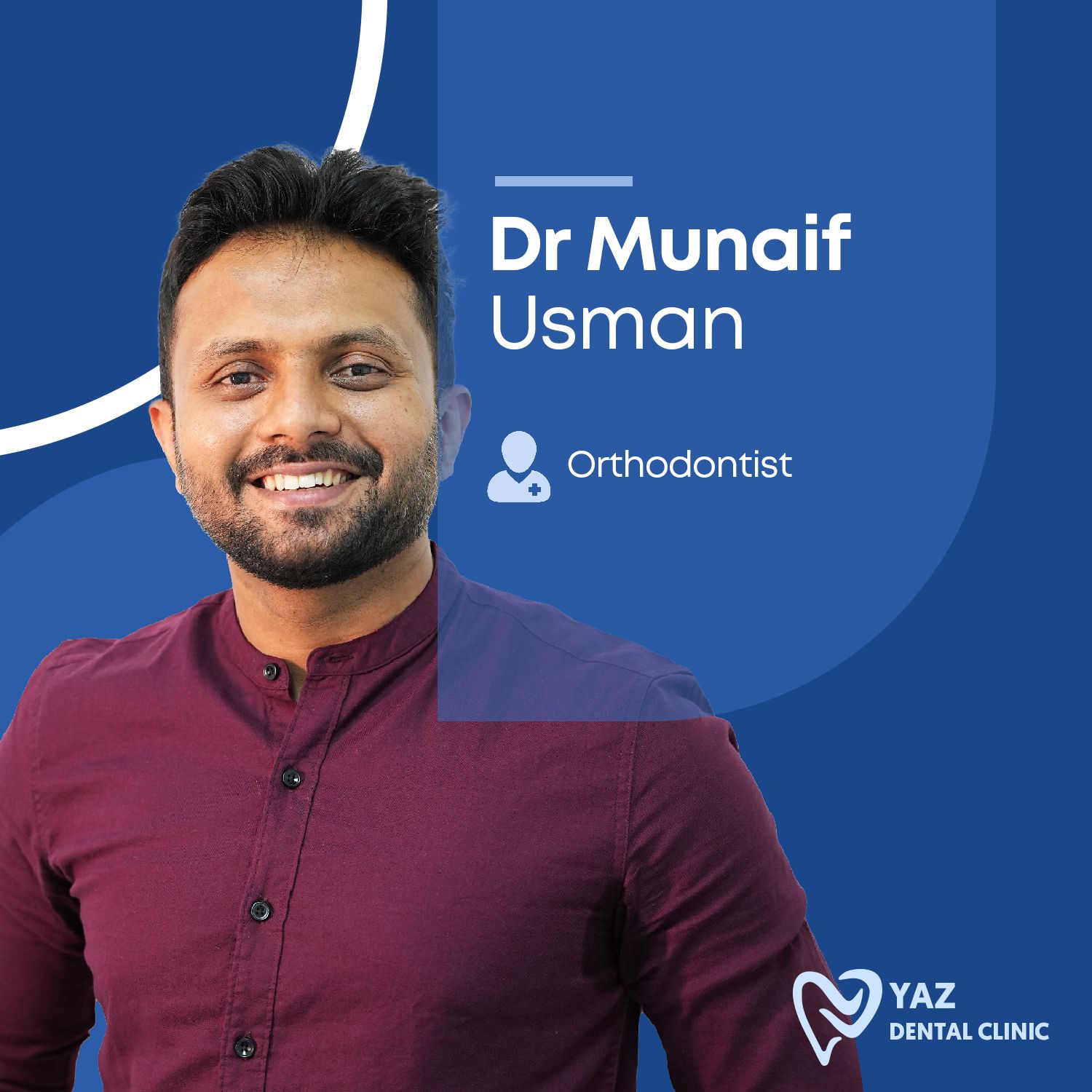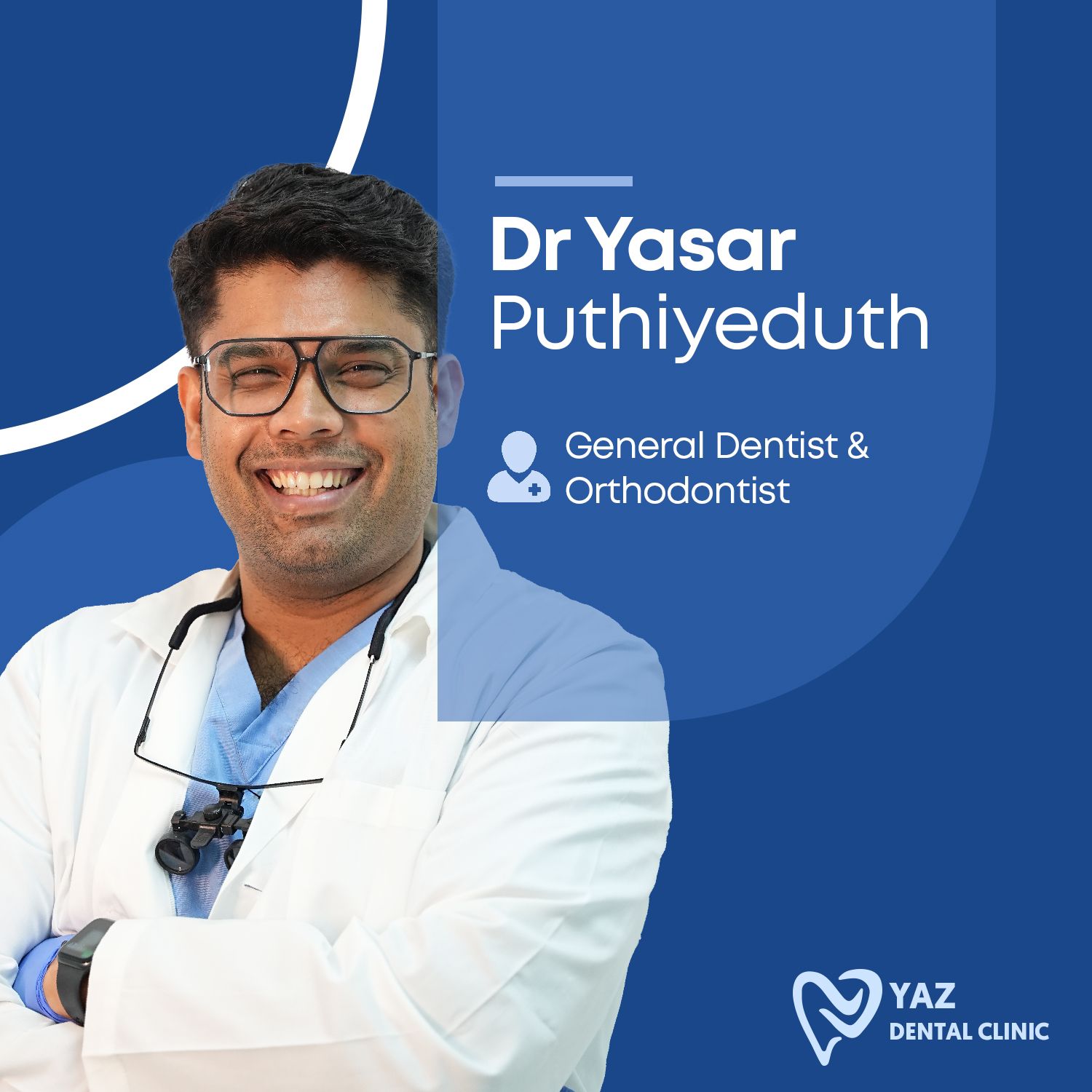ORAL PROPHYLAXIS
What is Oral Prophylaxis?
Oral prophylaxis involves a professional cleaning of the teeth performed by a dentist or dental hygienist. The procedure is intended to:
Remove Plaque: Plaque is a soft, sticky film of bacteria that forms on the teeth and gums. If not removed, it can harden into tartar (calculus), which can lead to oral health problems.
Eliminate Tartar: Tartar is a hardened form of plaque that cannot be removed by brushing alone. It requires professional tools to be safely and effectively cleaned from the tooth surface.
Polish the Teeth: The cleaning process includes polishing the teeth to remove surface stains and smooth the enamel, making it more resistant to future plaque accumulation.
Assess Oral Health: During the procedure, the dental professional checks for signs of dental issues such as gum disease or cavities and provides recommendations for treatment if necessary.


The Oral Prophylaxis Procedure
Initial Examination:
- The dental professional begins with a thorough examination of your teeth and gums. This may include X-rays to assess your overall dental health and identify any underlying issues.
Scaling:
- Using specialized instruments, the dental hygienist or dentist removes plaque and tartar from the surfaces of the teeth, particularly below the gumline. This step is crucial for preventing gum disease and tooth decay.
Polishing:
- After scaling, the teeth are polished with a special abrasive paste. This step removes surface stains and smooths the enamel, helping to prevent plaque buildup and making it easier to keep teeth clean at home.
Flossing:
- The dental professional will floss between your teeth to remove any remaining plaque or debris and to ensure that your gums are healthy.
Fluoride Treatment (Optional):
- In some cases, a fluoride treatment may be applied to strengthen the tooth enamel and provide added protection against cavities.
Benefits of Oral Prophylaxis
Prevents Cavities: By removing plaque and tartar, oral prophylaxis helps prevent tooth decay and cavities.
Reduces Risk of Gum Disease: Regular cleaning prevents gum disease by removing plaque that can lead to gingivitis and more serious periodontal issues.
Improves Breath Freshness: Removing food particles and bacteria helps reduce bad breath and maintain oral freshness.
Enhances Overall Oral Health: Regular cleanings contribute to healthier teeth and gums, which can have positive effects on overall health.
Identifies Issues Early: During the procedure, dental professionals can spot potential problems early, such as signs of cavities or gum disease, and provide timely treatment.
Recommended Frequency
- Routine Cleanings: Most dental professionals recommend oral prophylaxis every six to twelve months, depending on individual oral health needs. Some individuals with higher risks of dental problems may need more frequent cleanings.

Aftercare and Maintenance
Follow Good Oral Hygiene Practices: Brush your teeth twice a day with fluoride toothpaste, floss daily, and use mouthwash if recommended by your dentist.
Maintain a Healthy Diet: Limit sugary and acidic foods and drinks that can contribute to plaque formation and tooth decay.
Avoid Tobacco Products: Smoking and other tobacco use can increase the risk of gum disease and oral cancer.
Schedule Regular Check-Ups: Continue to visit your dentist regularly for exams and cleanings to maintain optimal oral health.
The Team
Our Experts




